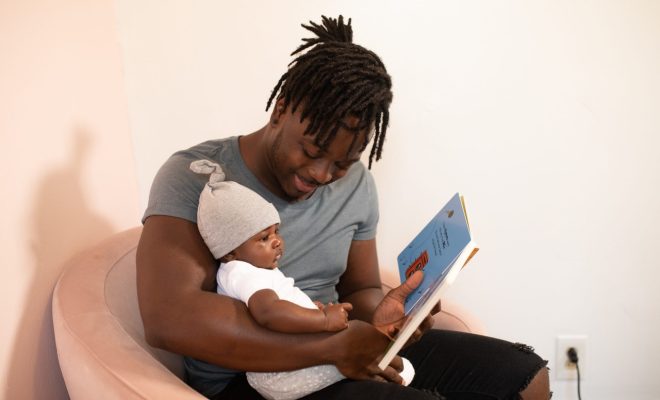Pass or Fail: An Ideal Multi-Age Classroom

In this multi-part series, I provide a dissection of the phenomenon of retention and social promotion. Also, I describe the many different methods that would improve student instruction in classrooms and eliminate the need for retention and social promotion if combined effectively.
While reading this series, periodically ask yourself this question: Why are educators, parents and the American public complicit in a practice that does demonstrable harm to children and the competitive future of the country?
Obviously a multi-age classroom has children of different ages – but other than that factor, what would an ideal multi-age classroom look like?
The often idealized model – the model that is more specifically targeted to educational outcomes and the developmental benefit of the child – concentrates on creating a diverse but balanced grouping of students of mixed ages and mixed abilities. In the most idealized model, the notion of having mixed abilities also extends to including both children who are gifted and those with special needs in the classroom at a ratio that promotes mainstream inclusion.
The theory behind this is that there are tremendous benefits to a social and natural setting that is enhanced with these levels of diversity (based on age as well as ability). Specifically, these types of multi-age classrooms can help to improve or otherwise enhance the social and emotional skills of students.
Some research on early childhood multi-age grouping has shown that student disobedience is much less common in multi-age groupings compared to single-age classrooms. Higher language development has also been noted in multi-age groupings compared to single-age classrooms. It is thought that this is because there is more language exchange among mixed-age children.
Research conducted in the 1960s demonstrated that there were significant gains in reading and language-skills areas for students in multi-age classrooms, especially compared to peers in single-age classrooms. Although there is little recent research to replicate these findings, some recent studies have targeted multi-age classrooms. These studies showed evidence of higher and faster cognitive development for those in multi-age classrooms compared to those in single-age classrooms.
Other research has found that the first day of school is far more relaxed and comfortable for students and teachers in multi-age classrooms in elementary schools. The pressures are lower, for two reasons. First, the environment is familiar to a portion of the student population. Second, the teacher is familiar with the students and, in the case of a teacher who has been in the same position for some time, with the process of managing the classroom and integrating new students moving forward. Student worries about grade retention or social promotion – a major source of anxiety for many students – are not applicable in the multi-age classroom, and thus the classroom is less stressful than its multi-age counterpart.
A key advantage of the multi-age classroom is that it lets students learn at an individualized pace, working to reach their full potential but in their own time. Teachers often tend to have more motivation to focus on the progress of individual students within the multi-age classroom. This focus is better supported in the multi-age environment, especially as an alternative to moving through textbooks or working on a rigid schedule, as so many teachers must of necessity do in a single-age classroom.
The student-centered, project-based learning environment is more likely to emerge when there is this kind of motivation and focus. Students of different levels are better able to pay attention to individual projects. The underlying curriculum can be designed to challenge the knowledge and abilities of the individual student. Work can be more easily designed to challenge specific knowledge and abilities with the student-centered, project-based approach, especially when compared to the common curriculum.
With the right approach, multi-age classrooms can meet the needs of each student in them and help break the unhelpful cycle of social promotion and retention.






